Blankety-blank
Disguising the words we dare not print has a long and fascinating history. From the late eighteenth century in particular, it became common in printed works to disguise words such as profanities and curses – from the use of typographical substitutes such as asterisks to the replacement of a swear word with a euphemism. When I was researching my recent book, Rooted, on the history of bad language in Australia, I was struck by the creative ways in which writers, editors, and typesetters, especially through the late nineteenth century and well into the twentieth, sought to evade censors and allude to profanity.
Typographical substitutes, such as the dash, are an old convention. As Keith Houston explains in his fascinating history of typographical characters, Shady Characters (2013), the dash was used to replace letters in curse words as early as the middle of the eighteenth century, such as in Tobias Smollett’s Adventures of Peregrine Pickle (1751). Use of the dash peaked in the late nineteenth century, including in Australia, where many a newspaper article and novel were peppered with b— and d—. The asterisk became an increasingly common substitute for letters in an expurgated word, and these days is more frequently used than the dash.
Continue reading for only $10 per month. Subscribe and gain full access to Australian Book Review. Already a subscriber? Sign in. If you need assistance, feel free to contact us.



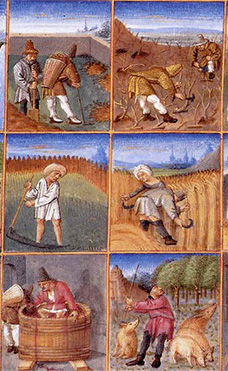
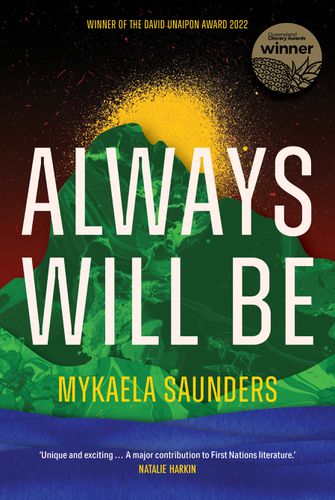


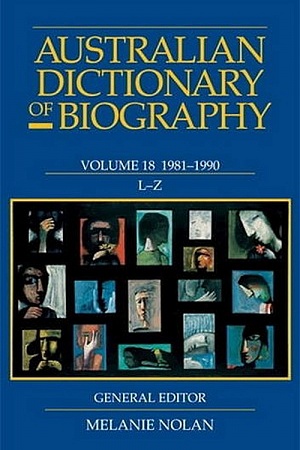
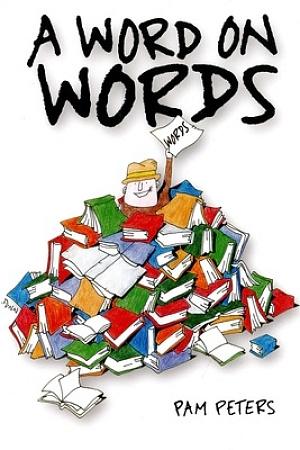
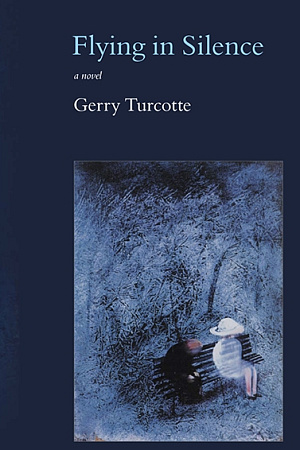
Leave a comment
If you are an ABR subscriber, you will need to sign in to post a comment.
If you have forgotten your sign in details, or if you receive an error message when trying to submit your comment, please email your comment (and the name of the article to which it relates) to ABR Comments. We will review your comment and, subject to approval, we will post it under your name.
Please note that all comments must be approved by ABR and comply with our Terms & Conditions.